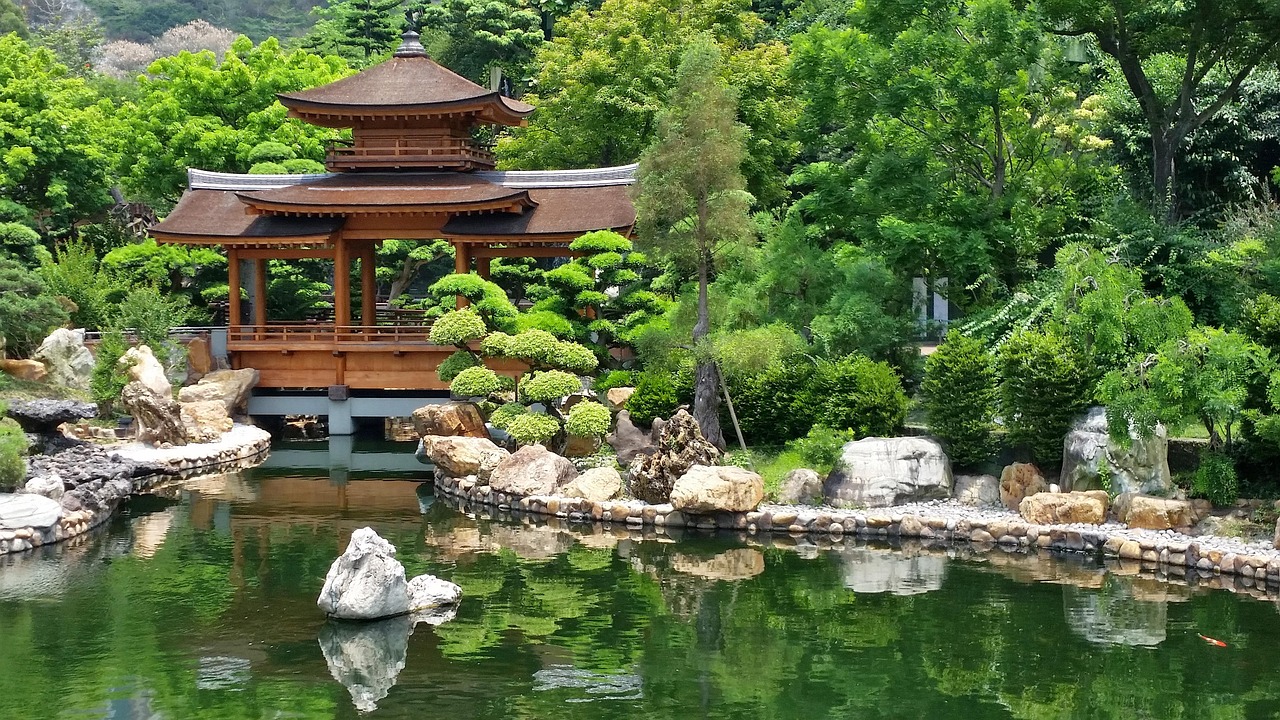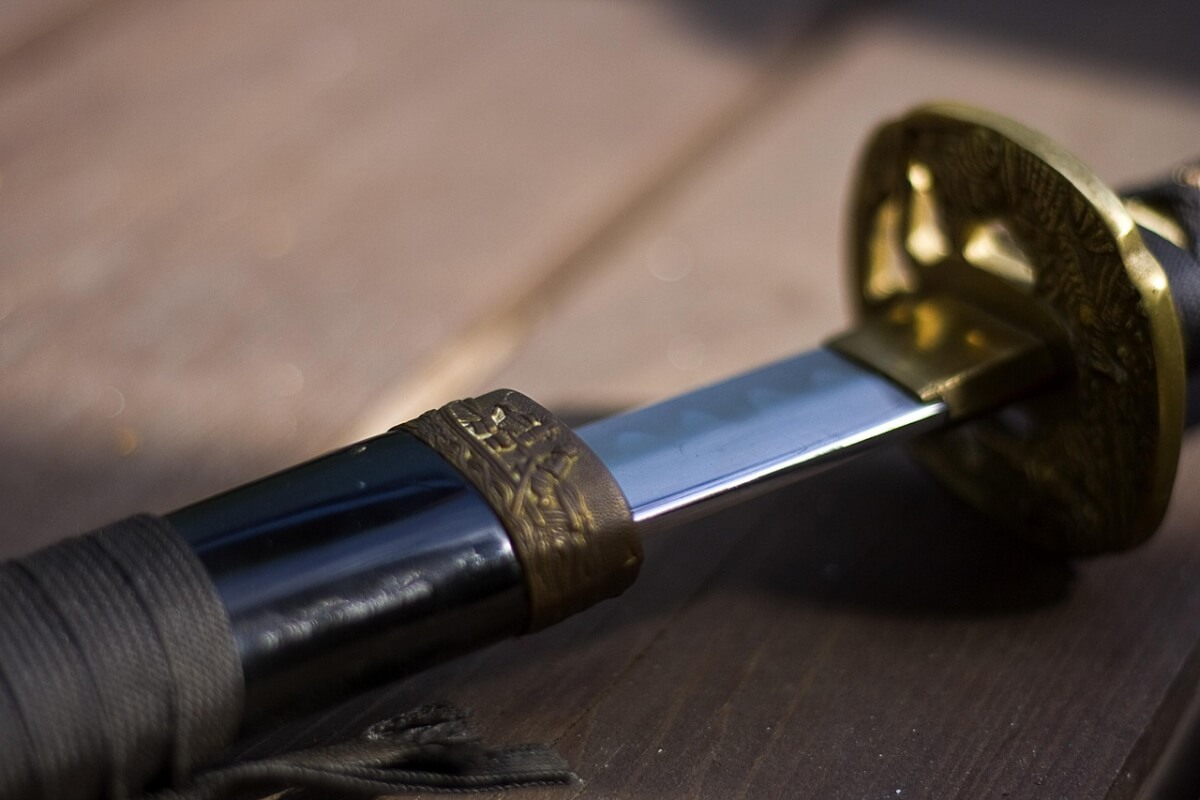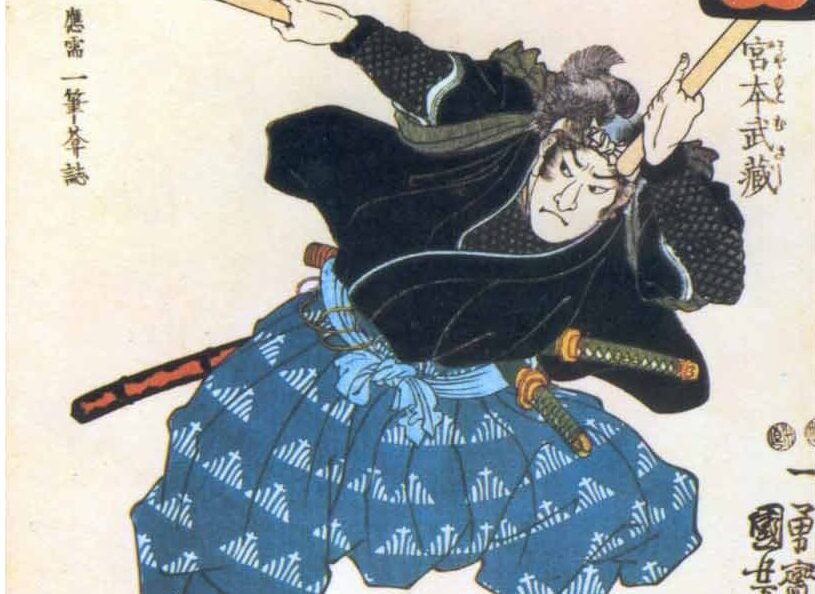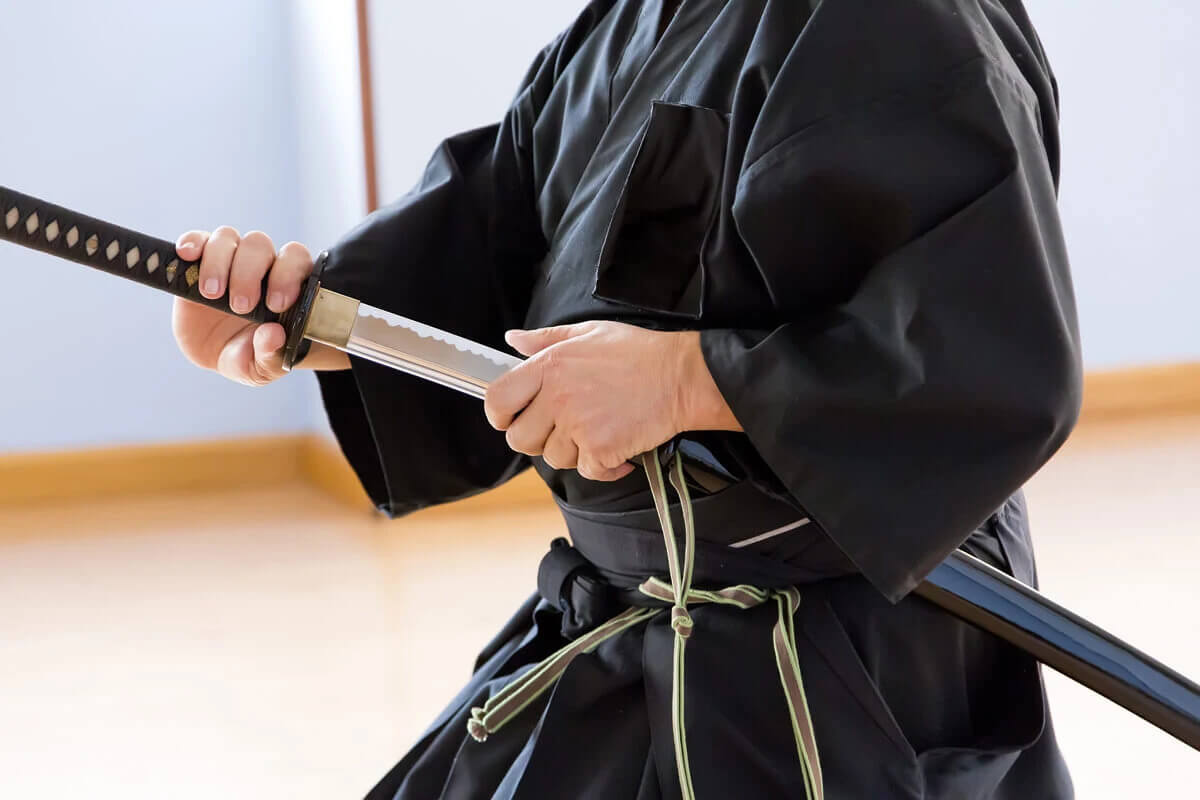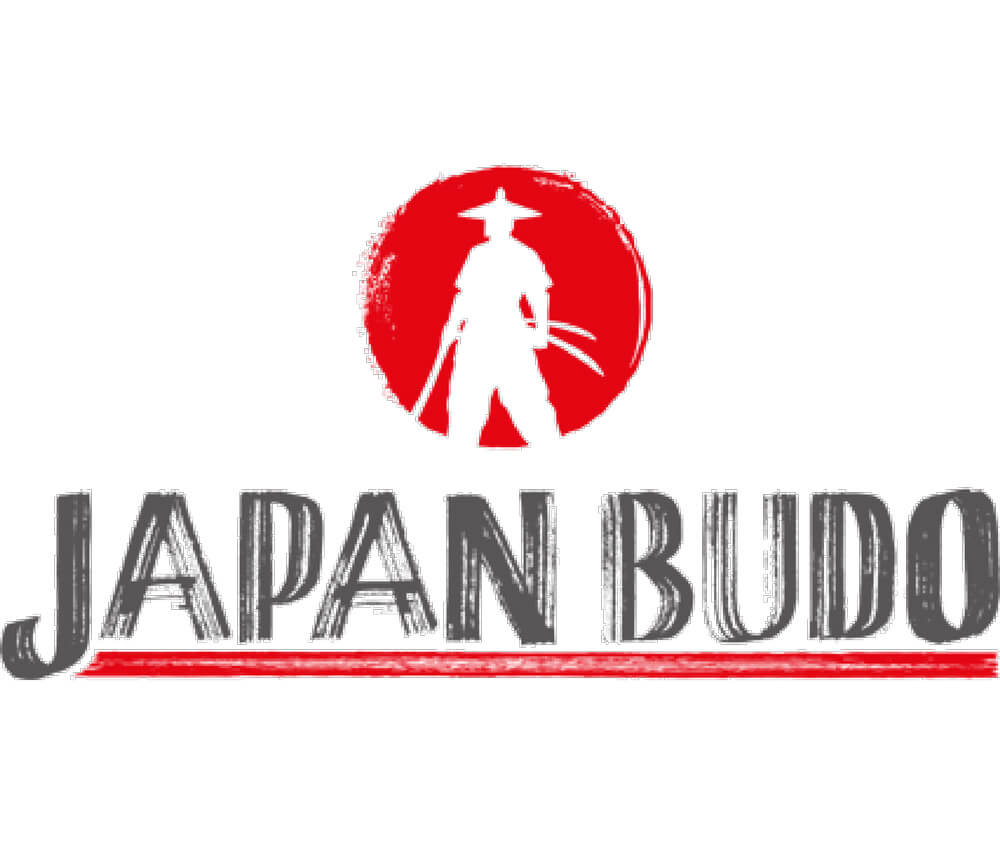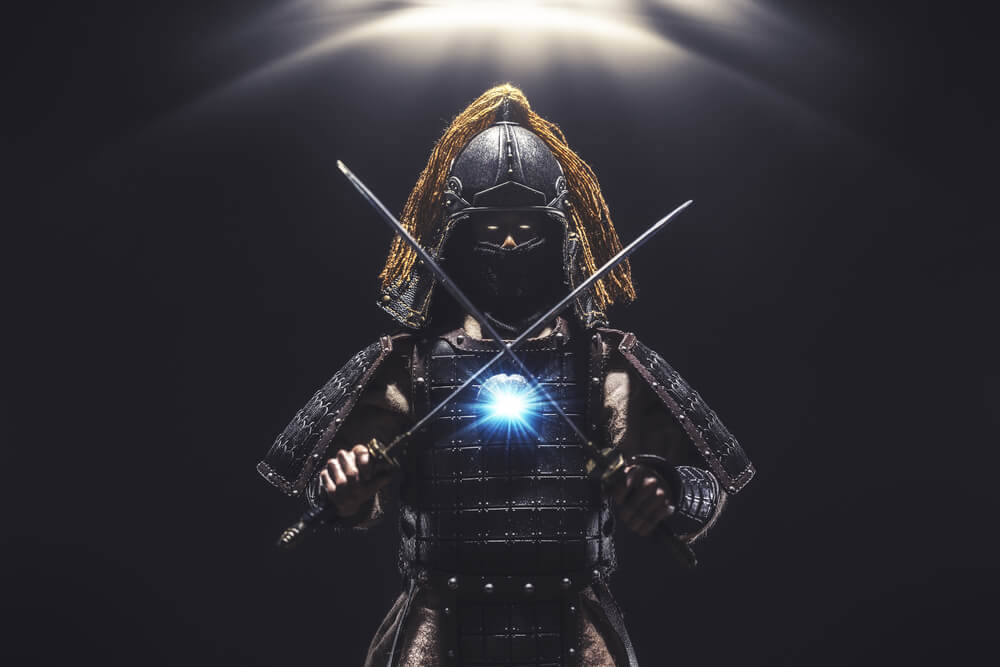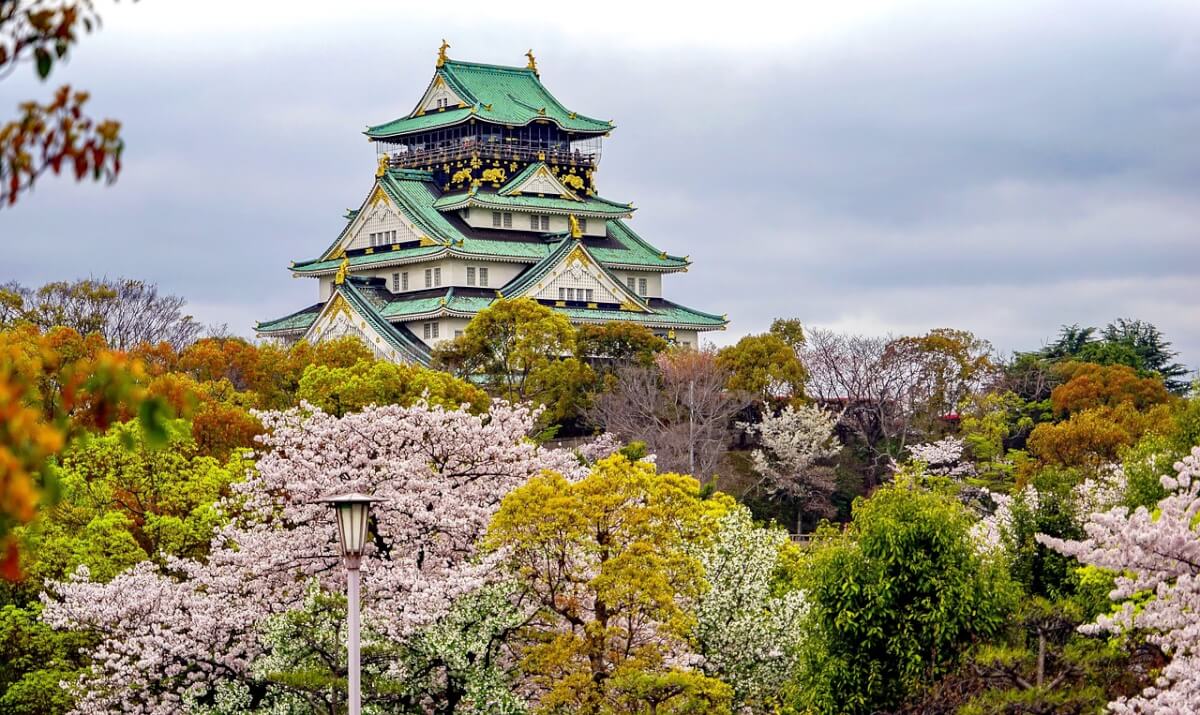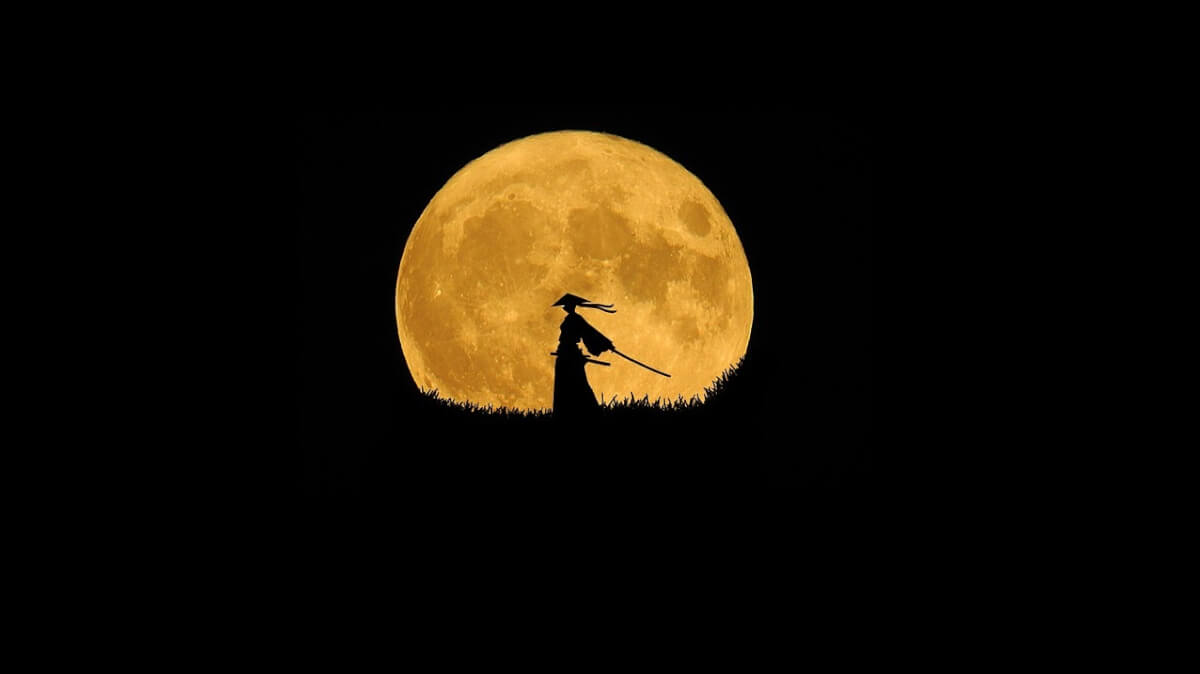Japan-Budo.com is the name of this online project. We would therefore like to discuss the term budo (Japanese 武道) in more detail in this article. It is a modern umbrella term for Japanese martial arts. Where does the term Budo come from? Word meaning of Budo and Bushido The word is made up of "Bu" (war, fight) and "Do" (way, path of life, art) and [...]...
